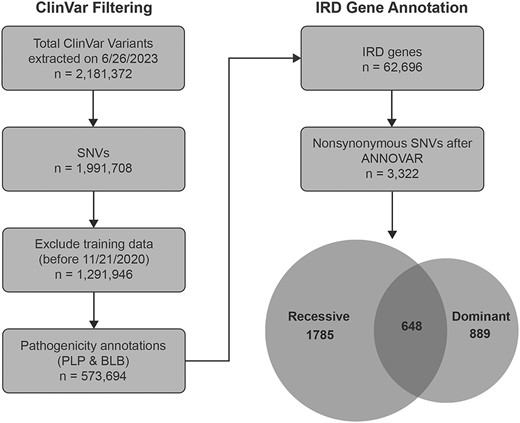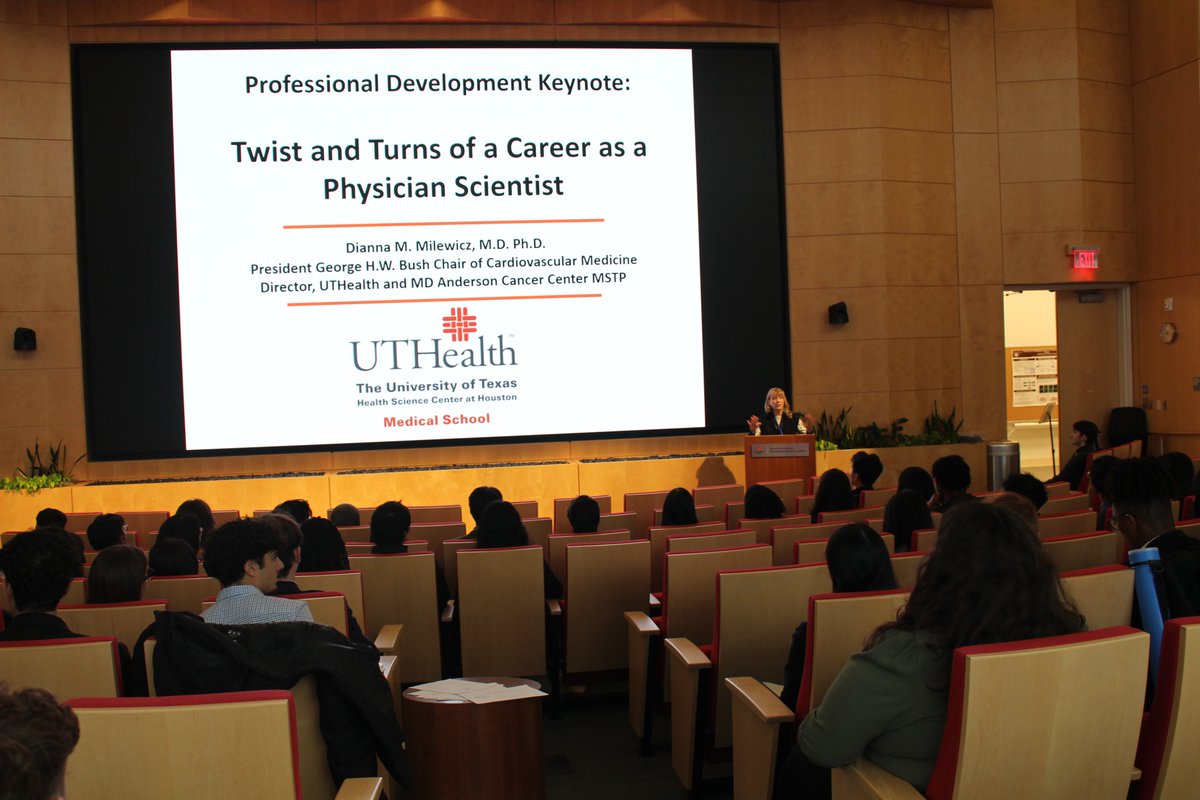
Daniel Brock
@DanielCBrock
MD/PhD Student @BCM_MSTP (GS1) Genetics and retinal degeneration 🧬👀 I like bikes 🚲
New publication! How can you tell if a variant is pathogenic? We benchmarked several computational tools to predict the pathogenicity of autosomal dominant inherited retinal diseases. We identified the top-performing tools and found some new variants! academic.oup.com/hmg/advance-ar…

1/ You're not just sequencing single cells. You're sequencing the soup they're in. Ambient RNA is everywhere in single-cell RNA-seq. Here's how to fix it.
DNA methylation goes spatial! Introducing Spatial-DMT: a technology that co-profiles DNA methylation and transcriptome in the same tissue section. A fantastic collaboration with @zhouwanding lab. Kudos to Chin Nien Lee @ChinNLee2021 and Hongxiang Fu! biorxiv.org/content/10.110…
An AI model developed by Google DeepMind could help scientists make sense of the non-protein-coding part of the genome go.nature.com/4es61QU
I used to spend months agonizing over my research direction. Now, I can find a compelling PhD topic in just one day. The secret? This guide:
Drop by poster B0008 today to learn about genetic risk factors for retinal detachment! We found that variants in VSX2 were associated with an increased risk of retinal detachment in the UK Biobank. Shout out to my PIs Ben Frankfort and Ryan Dhindsa! @ARVOinfo #visionscience

Today at the #JointMeeting2025, Svetlana Mojsov, 2024 #LaskerLaureate, gave an impressive overview of how her research on GLP-1 revolutionized the field of glucose metabolism. Her findings led to development of novel therapeutics for #diabetes and #obesity. @A_P_S_A
🚀 Our perspective is out in @Nature! We present a roadmap for Multimodal Foundation Models (MFMs) — large AI models pretrained across multi-omics and multi-timepoint data — to serve as the computational backbone for building virtual cells. Read the full paper in Nature:…
News: NIH researchers develop eye drops that slow vision loss in animals nih.gov/news-events/ne…
Amazing @A_P_S_A South Regional Meeting this year! It was a treat talking to undergrads about the work we do @BCM_MSTP @BCMFromtheLabs and providing mentorship/guidance on their next steps as future physician scientists. And huge shoutout to our amazing chair @DanielCBrock!
Long-range enhancer-controlled genes are hypersensitive to regulatory factor perturbations cell.com/cell-genomics/…
Check out our two new papers with new single-cell tech/methods/data! 1. Phospho-seq: Multi-modal profiling of intracellualar proteins nature.com/articles/s4146… 2. Systematic Perturb-seq of signaling regulators (2.6M cells, 6 cell lines, 1500 perturbations) nature.com/articles/s4155…
Thrilled the APSA South Regional Meeting was a success! 🎉 Huge thanks to attendees, organizers, @BCM_MSTP & @TexasChildrens hosting, and @A_P_S_A for making it happen! Interested in hosting next year’s meeting? DM me—we’ve got resources to share! #APSA #PhysicianScientists




Fabulous energy here today as we host the south regional APSA conference. Kudos to the student organizers for a great turnout!
Spliceopathies are a group of rare diseases caused by inborn errors in RNA splicing mechanisms. The causative mutations could be challenging to identify as they are often noncoding and sit within snRNA genes. Here the authors use a transcriptomics-first approach to screen…
Thank you for the support! We will have information tailored for MD/PhD students and undergraduates. Travel awards are available for students outside the Houston metro area. Registration is free! physicianscientists.org/mpage/south-re… @A_P_S_A @BCM_MSTP #doubledocs
We are a proud sponsor of @A_P_S_A, which will hold a South Regional meeting on February 21st, 2025 at @bcmhouston in Houston, TX. Be sure to register and submit an abstract to present by January 10! physicianscientists.org/mpage/south-re…
Awesome White Elephant/Holiday Party yesterday with @BCM_MSTP ! It’s always such a great time getting together and celebrating!
One of the biggest mysteries in Alzheimer's disease that is yet to be solved is the pathogenic mechanism of ApoE4 variant (and the protective mechanism of ApoE2). A new study reports that LDL receptor binding affinity in brain cells linearly increase from E2 to E3 to E4 and so…
In collaboration with Reuben Saunders, @JswLab, and Xiaowei Zhuang, we are very excited to release Perturb-Multi: a platform for pooled multimodal genetic screens in intact mammalian tissue. Check it out! biorxiv.org/content/10.110…
Our wonderful collaborators on the Perturb-Multi work (biorxiv.org/content/10.110…) are now here and on the other app, at @ZhuangLab
🧑⚕️ Interested in an MD/DO-PhD? Check our updated Application Guide for essential tips! 📚✨ Full guide: tinyurl.com/APSAApplicantG… #MDPhD #DODualDegree #FuturePhysicianScientists #MedSchoolApps #PhysicianScientist #APSA